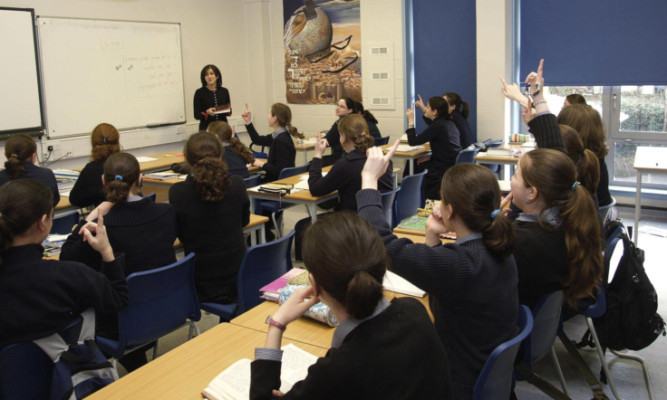Schools should be given greater autonomy including the power to spend their budgets “without strings attached”, according to a report on the future of Scottish education.
The independent Commission on School Reform has advocated a move away from a uniform approach towards greater diversity, with more decisions taken at local level.
Fundamental changes are needed to empower schools and better serve pupils from disadvantaged backgrounds, said the commission which has just published its report By Diverse Means: Improving Scottish education.
It recommends a shift in the role of local authorities which can be too involved with the day-to-day management of schools, the commission said.
Such a shift could give head teachers greater control over a range of areas including leverage to recruit and retain talented teachers to work in deprived areas by offering financial incentives.
The commission, chaired by educationalist Keir Bloomer, was set up in 2011 by Reform Scotland and the Centre for Scottish Public Policy.
It has produced 37 recommendations covering areas such as continued development of the Curriculum for Excellence, targeted support for pupils and schools experiencing disadvantage, a centre dedicated to improving education outcomes in deprived areas and greater autonomy at school level.
The changes are needed to address “deep-seated problems” with the schooling system which have developed over decades, Mr Bloomer said.
“There is an assumption in Scotland that our education system has always been and is now among the world’s best. There may have been a time when that was true but unfortunately it is not true now,” he said.
“Scotland’s schools do an excellent job. But they are no longer world-leading. If we want to be back again in the position of being the world’s best then there is no alternative but to make some quite significant changes.”
Education Secretary Michael Russell said: “The report sets out a number of interesting recommendations that I am keen to explore further. That is why I am seeking to meet the chair of the commission to discuss how we can work together to build on what has already been achieved at an early date.”
